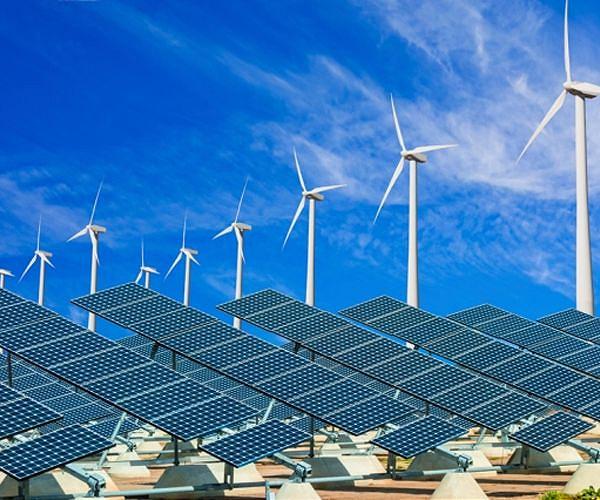
Hydrogen is becoming a commodity – an article of commerce. The H2 industry has been waiting for this for a long time. Decades have passed in which suitable applications for fuel cells were sought – mainly in vain – before it became clear that hydrogen has the potential, as a storage medium for renewable energies, to turn the entire energy supply system around. This has now been understood by not only numerous politicians around the world, but also the big players in the globalized economy. But what does this realization mean for society? Will H2 now sweep all fossil fuels off the market and thus also halt global warming? Or will the global hunger for energy continue to rise and perhaps even fuel the climate crisis? And what role do the big companies that have dominated the oil and gas market so far, and are now rushing into hydrogen, have in this?
For years, hydrogen was a niche topic. H2-international has been reporting on it for 22 years. Everything is stored and readily accessible in the online archive – when and why which hype arose and which areas of utilization have already been tried. Some major companies were indeed involved in the past. The energy corporation RWE had its own fuel cell division 15 years ago, German automotive companies developed generations of test and demonstration vehicles, and oil companies established and cleared away their H2 departments over the decades.
All these activities– in particular those of the energy and auto corporations – were always accompanied by large marketing campaigns. Full-page print ads could already be seen of cars with garden hoses stuck into the filler neck. Marketing-effective fuel cell cars traveled around the world, and speed records with H2 combustion engines were made.
Today, it is a little different, but yet so similar. The difference is we’re not talking about another brief hype – the global hydrogen industry is coming, even if it is not yet clear which energy sectors will be most strongly affected. Yet marketing departments have not changed their behaviors very much. Large, globally active companies in particular are using the image of green hydrogen to clean up their own.
This was also the case around 2008, when electromobility experienced its first boom and ladybirds and stickers with “0 g CO2” were emblazoned everywhere on vehicles at the IAA fair. Then, nothing happened for years. Therefore, the question must be allowed of how credible the announcements of oil companies, gas companies and car manufacturers are if today they loftily describe sustainably produced hydrogen as the “fuel of the future” while at the same time ignoring their fossil-fueled past?
Of course, the clean energy transition will not take place overnight. Obviously, we can’t immediately ban petrol and diesel and then only burn solar-generated H2 gas. But how reliable is it when a Swedish company already advertises green steel today although the amount of this metal produced in the pilot plant with the aid of green hydrogen constitutes only a thousandth percent of what is produced by the company every day?
Is it okay for a petroleum company in this country to portray itself as a pioneer in setting up H2 refueling stations while it expands a highly controversial heated pipeline for crude oil in Africa hundreds of kilometers through previously untouched nature?
Just as committed as we are to discussing the deals with Qatar – be it the World Cup or the LNG exports to Germany – every energy supplier and every energy consumer should think about what is authentic and what is greenwashing.
Because there is one thing we should always remember: Even multi-millions for marketing campaigns is nothing compared to the investments and profits made by the corporations. Need examples?
BP is heading a 36-billion-dollar project in Australia named Asian Renewable Energy Hub, where 26 GW of solar and wind power plants are to be built for H2 generation and subsequent ammonia production – against the environmental concerns that were raised beforehand. Likewise, the French TotalEnergies and the Indian Adani Group together intend to invest 50 billion USD in H2 and ammonia production from renewables for a capacity of 30 GW. Shell and Chevron are also planning comparable gigawatt H2 projects. Because of course these companies can still profit by staying in the molecule trade. After all, H2 molecules are like hydrocarbons but without the C. And the use of hydrogen as a commodity is a much better support for continued use of the existing fossil fuel infrastructure than mere electrons.
Indeed, it is definitely worth backing the installation of large solar and wind plants, because we need much more renewable energy worldwide. However, how worthwhile, when the activities disproportionately involve fossil energy carriers, should not be lost from sight. Furthermore, lock-in effects should be avoided, whether in the case of the LNG terminals in Wilhelmshaven or in the continued use of the existing oil-based infrastructure.
Companies that are seriously dedicated to creating the rapid change from a fossil to a renewable system of energy supply are expressly not meant here.
P.S. My daughter suggested donating the money obtained from clear greenwashing campaigns.
Author: Sven Geitmann







